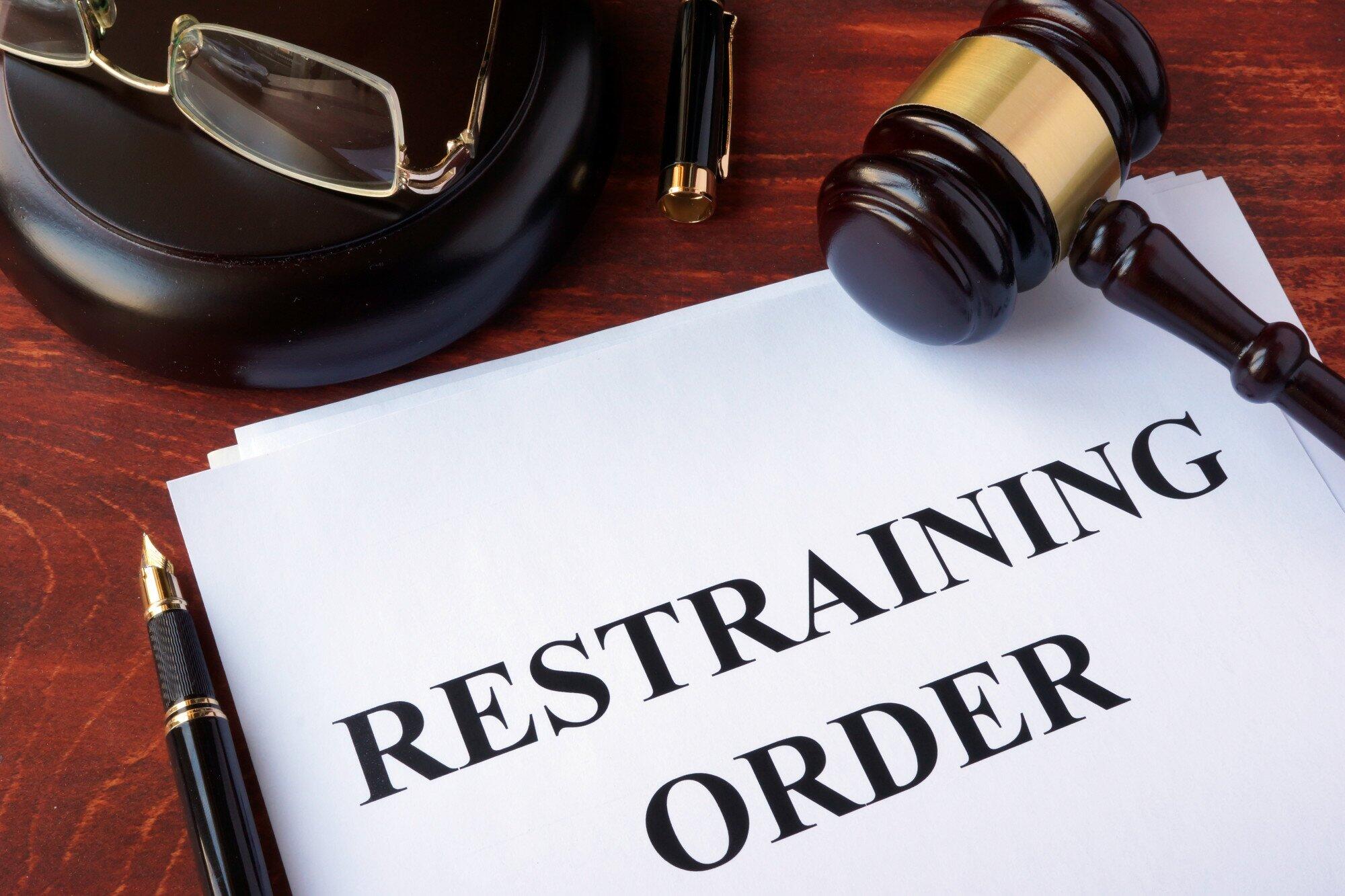Have you heard of orders of protection and restraining orders?
They help keep people safe. But what happens if someone breaks these rules? It can lead to serious trouble, like fines or jail time.
That’s why it’s crucial to know the order of protection vs restraining order differences and consequences. Read on to learn more about the differences between these two.
Defining Order of Protection
An Order of Protection is a legal document that a court gives to keep someone safe from harm, domestic violence, or harassment. Imagine it as a shield given by the law. It’s mostly used when there are family or relationship problems.
If a judge agrees that there’s a real risk, they’ll give out this order. It tells the person causing fear or harm to stay away and stop contacting the person who asked for protection.
Understanding Restraining Orders
Restraining Orders are legal documents too. But, you can use them in different situations, not only for family or relationship issues. They can help stop someone from bothering or threatening you, no matter who they are.
A judge can make an injunction to keep the person at a distance or to stop them from doing something harmful. It can be about not coming near you, your home, or your work. Getting one of these orders is a way to keep yourself safe from getting scared or hurt.
Ramifications for Protection Order Violations
Violating an Order of Protection is a serious issue. When someone does not follow the rules set by the court, they can get into big trouble. This might include having to pay money (fines) or even going to jail.
The exact punishment depends on where you are and how serious the violation is. In some places, just breaking this order once can lead to arrest.
The idea is to make sure everyone stays safe. It also ensures that the person under the order understands the consequences of not listening to the court’s decision.
Prevention and Awareness
Preventing violations of these orders starts with understanding how important they are. They exist to keep people safe.
Talking about these orders, how they work, and why they matter helps everyone know more about them. Schools, communities, and online can be good places for this kind of learning.
It’s also smart to know who can help, such as friends, family, or professionals, if someone feels they’re in danger. Staying informed and connected are key steps in prevention and keeping safe.
Ramifications for Restraining Order Breaches
Breaking a Restraining Order is a big deal and can get you into deep trouble. If someone doesn’t listen to a Restraining Order, they might have to deal with the police. They could end up getting arrested.
Depending on where this happens, they might have to go to court, and the judge can decide on different punishments. These can include getting watched by an officer or having to go to classes to learn better behavior. The law takes these orders very seriously because they’re about keeping people safe.
Order of Protection vs Restraining Order: Understand the Differences Today
Understanding the differences between an order of protection vs restraining order is important. Each serves to protect individuals but in slightly different ways. Breaking these rules is serious and can have big consequences like fines or even jail.
It’s really important to know about these orders to keep everyone safe. Remember, knowing the difference helps protect you and others.
Did you learn something new from this article? For more tips and guides, keep checking out our blog!







